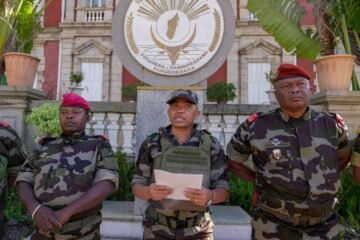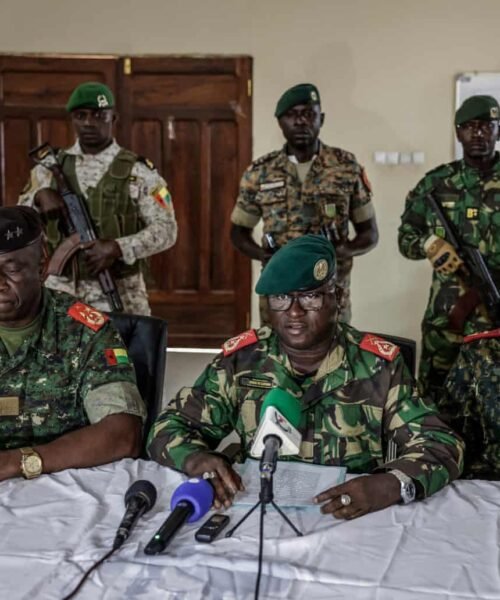By Harry Davis and Yuval Abraham
One afternoon in late 2021, Microsoft’s Chief Executive, Satya Nadella, met with the Commander of Israel’s military surveillance agency, Unit 8200. On the spy chief’s agenda: moving vast amounts of top secret intelligence material into the U.S company’s cloud.
Meeting at Microsoft’s headquarters near Seattle, a former chicken farm turned hi-tech campus, the spymaster, Yossi Sariel, won Nadella’s support for a plan that would grant Unit 8200 access to a customised and segregated area within Microsoft’s Azure cloud platform.
Armed with Azure’s near-limitless storage capacity, Unit 8200 began building a powerful new mass surveillance tool: a sweeping and intrusive system that collects and stores recordings of millions of mobile phone calls made each day by Palestinians in Gaza and the West Bank.
Revealed here for the first time in an investigation by the UK Guardian with the Israeli-Palestinian publication +972 Magazine and Hebrew-language outlet Local Call , the cloud-based system – which first became operational in 2022 – enables Unit 8200 to store a giant trove of calls daily for extended periods of time.
Microsoft claims Nadella was unaware of what kind of data Unit 8200 planned to store in Azure.
But a cache of leaked Microsoft documents and interviews with 11 sources from the company and Israeli military intelligence reveals how Azure has been used by Unit 8200 to store this expansive archive of everyday Palestinian communications.
According to three Unit 8200 sources, the cloud-based storage platform has facilitated the preparation of deadly airstrikes and has shaped military operations in Gaza and the West Bank.
Thanks to the control it exerts over Palestinian telecommunications infrastructure, Israel has long intercepted phone calls in the occupied territories.
But the indiscriminate new system allows intelligence officers to play back the content of cellular calls made by Palestinians, capturing the conversations of a much larger pool of ordinary civilians.
Intelligence sources with knowledge of the project said Unit 8200’s leadership turned to Microsoft after concluding it did not have sufficient storage space or computing power on the military’s servers to bear the weight of an entire population’s phone calls.
Several intelligence officers from the unit, which is comparable to the U.S National Security Agency (NSA) in its surveillance capabilities, said that a mantra emerged internally that captured the project’s scale and ambition: “A million calls an hour”.
The system was built to sit on Microsoft’s servers behind enhanced layers of security developed by the company’s engineers with Unit 8200’s instructions.
The leaked Microsoft files suggest that a large proportion of the unit’s sensitive data may now be sitting in the company’s datacentres in the Netherlands and Ireland.
Disclosures about the role of Microsoft’s Azure platform in the surveillance project come as the U.S tech giant faces pressure from employees and investors over its ties to Israel’s military and the role its technology has played in the 22-month offensive in Gaza, where over 60,000 have been killed and many including children, starving to the rib bones.
In May, an employee disrupted a keynote speech by Nadella in an act of protest, at one point yelling: “How about you show how Israeli war crimes are powered by Azure?”
After the UK Guardian and others revealed in January Israel’s reliance on Microsoft technology during the war in Gaza, the company commissioned an external review of the relationship.
The review, Microsoft said, had “found no evidence to date” that Azure or its AI products were “used to target or harm people” in the territory.
A senior Microsoft source said the company had held conversations with Israeli defence officials and stipulated how its technology should be used in Gaza, insisting Microsoft systems must not be employed for the identification of targets for lethal strikes.
However, Unit 8200 sources said intelligence drawn from the enormous repositories of phone calls held in Azure had been used to research and identify bombing targets in Gaza.
One of the sources said that when planning an airstrike on an individual located within densely populated areas where high numbers of civilians are present, officers would use the cloud-based system to examine calls made by people in the immediate vicinity.
The sources also said use of the system had increased during the campaign in Gaza, which has killed more than 60,000 people in the territory, the majority of whom are civilians, including over 18,000 children.


















